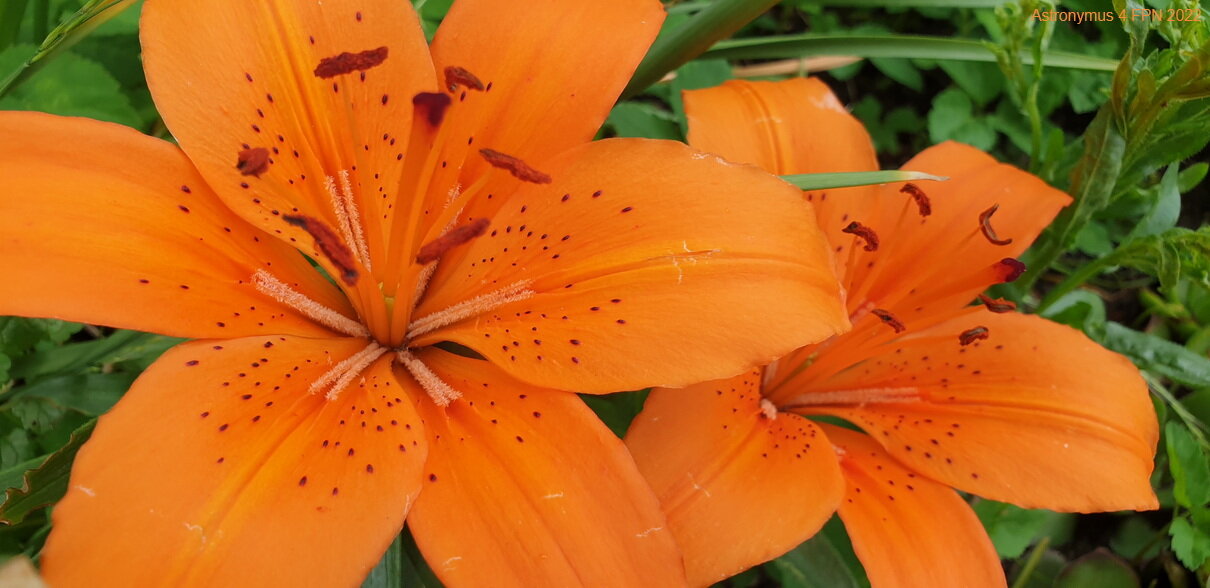Help Identifying This Possibly German Pen?
-
Forum Statistics
354.8k
Total Topics4.6m
Total Posts -
Member Statistics
127,822
Total Members18,857
Most OnlineNewest Member
vanix
Joined -
Images
-
Albums
-
USG 6
- By USG,
- 0
- 0
- 97
-
Andrew Lensky Arts
- By Andrew_L,
- 0
- 19
- 31
-
Photos misc
- By Astronymus,
- 0
- 1
- 17
-
Aiken Lambert Capitol Educator
- By shalitha33,
- 0
- 2
- 13
-
Monthly Ink Challenge III
- By InesF,
- 1
- 0
- 52
-











.thumb.jpg.f07fa8de82f3c2bce9737ae64fbca314.jpg)



.thumb.jpg.331e554113c33fb39d5bf3233878978a.jpg)





Recommended Posts
Create an account or sign in to comment
You need to be a member in order to leave a comment
Create an account
Sign up for a new account in our community. It's easy!
Register a new accountSign in
Already have an account? Sign in here.
Sign In Now